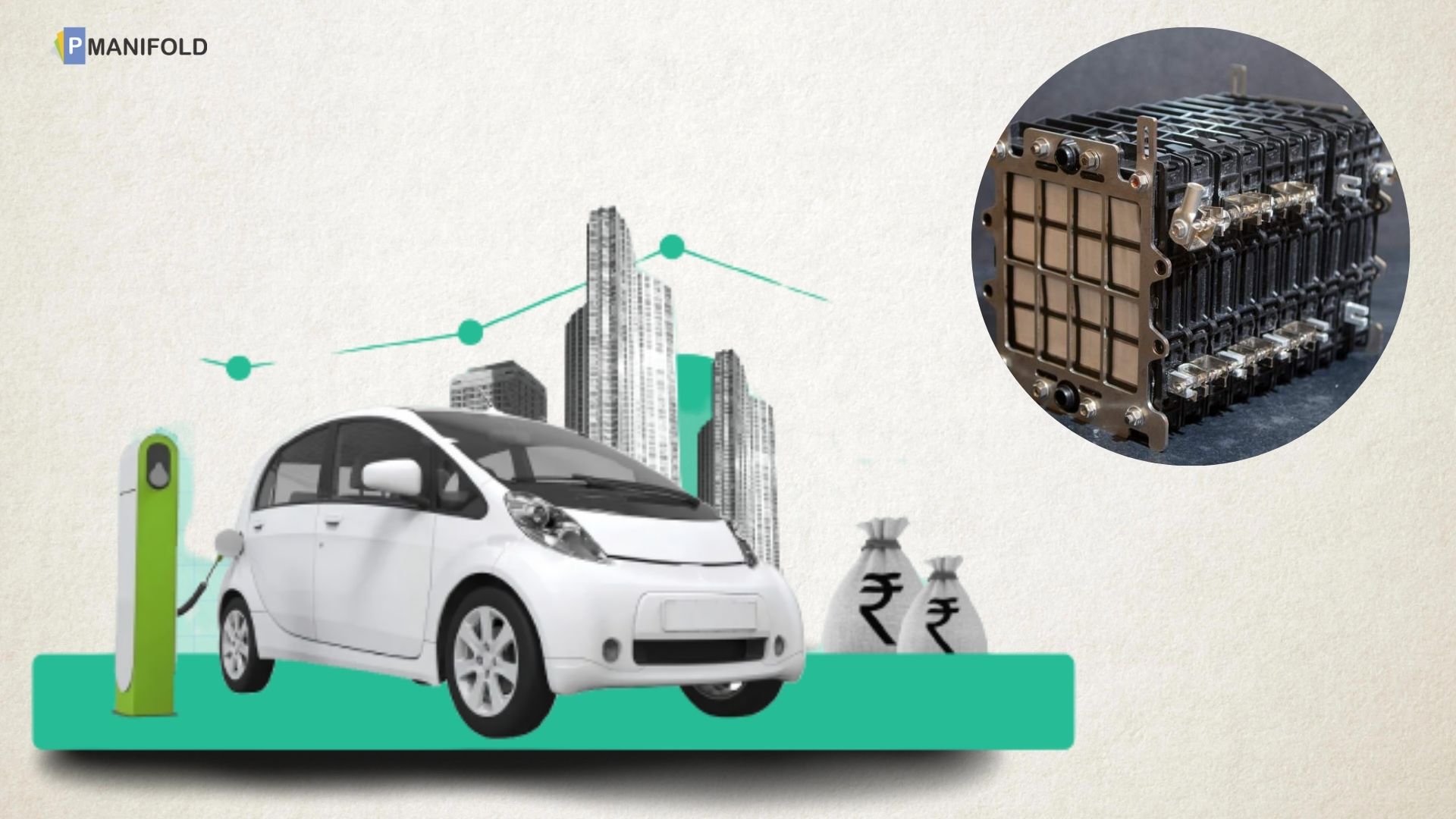Can Metal-Air Batteries have the potential to revolutionize the automotive industry? Metal-air batteries have become the subject of intensive research worldwide and have made great strides in the past decade. They are expected to be used in new energy vehicles, portable equipment, stationary power generation devices, and other fields in the future. This type of battery doesn’t need the usual electrodes and is much lighter, weighing only a fifth of traditional lithium batteries. The metal-air battery offers benefits like efficient charging, high energy storage, and environmental friendliness. It’s essentially a hybrid energy storage and fuel cell, representing an innovative advancement in energy technology.
However, the question arises: Is it really an alternative to lithium batteries?
Metal–air batteries have a theoretical energy density much higher than that of lithium-ion batteries and are frequently advocated as a solution for next-generation electrochemical energy storage in applications such as electric vehicles or grid energy storage
Metal-air batteries were invented in 1978, taking the oxygen (atmosphere) as the cathode, the electron receiver, and metal as anode, the electron distributor paired up with water-electrolyte. The anode is designed for cheap metals like zinc, aluminum, and iron. The metal used in vehicles’ batteries produces electricity when exposed to atmospheric oxygen.
Metal-air batteries have recently regained attention as potential candidates for energy storage. These batteries consist of a metal anode, which can be alkali metals (Li, Na, and K), alkaline earth metals (Mg), or first-row transition metals (Fe and Zn), combined with a suitable electrolyte. The choice of electrolyte, whether aqueous or non-aqueous, depends on the anode used. The air-breathing cathode typically features an open porous structure to continuously draw oxygen from the surrounding air.
These batteries are a mature family of primary and secondary cells, with the positive electrode often composed of a carbon-based material with precious metals that react with oxygen. Meanwhile, the other electrode is made from metals like zinc, aluminum, magnesium, or lithium. Due to the flow of air through the cell, they are sometimes categorized as fuel cells. Metal-air batteries combine design elements from both traditional batteries and fuel cells.
The first 3 primary zinc-air batteries were designed by Maiche dating back to 1878, and its commercial products started to enter the market in 1932. Despite their early beginning, the development of metal-air batteries has been hampered by problems associated with metal anodes, air catalysts, and electrolytes. None of them at present are at a stage for large-scale industrial deployment. Their viability to replace lithium-ion batteries for future EV applications also remains unclear.
What gives metal air a large capacity?
A metal–air battery consists of a base metal negative electrode and an air-positive electrode. The active material of the positive electrode is oxygen contained in the air, which is a strong oxidizing agent, light in weight, and normally available everywhere. As the oxygen is supplied from outside the battery, most of the interior of the battery can be used to accommodate the negative electrode material. This gives metal–air batteries a large capacity.
Current scenario
Lithium is the biggest energy provider and an expensive unit of an electric vehicle India imports a large amount of the metal. Even though lithium mines have been found in Jharkhand and Gujarat, the lack of tech to develop them into batteries is a major challenge.
Metal-air in the EV industry
Metal-air batteries can arguably revolutionize the EV market since it is lightweight, budget-friendly, long-range, and recyclable. Battey expenditure is one of the biggest hurdles in the widespread adoption of EVs. Several attempts have been made in the past to use the metal-air batteries but left halfway. The biggest and most prominent hurdle is its incapability to be charged again.


